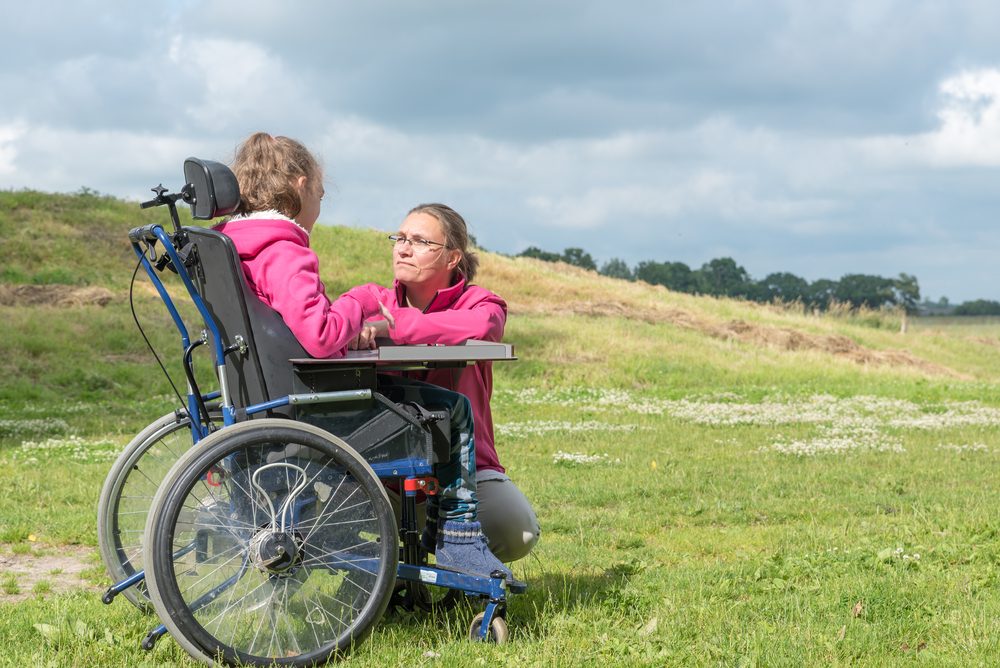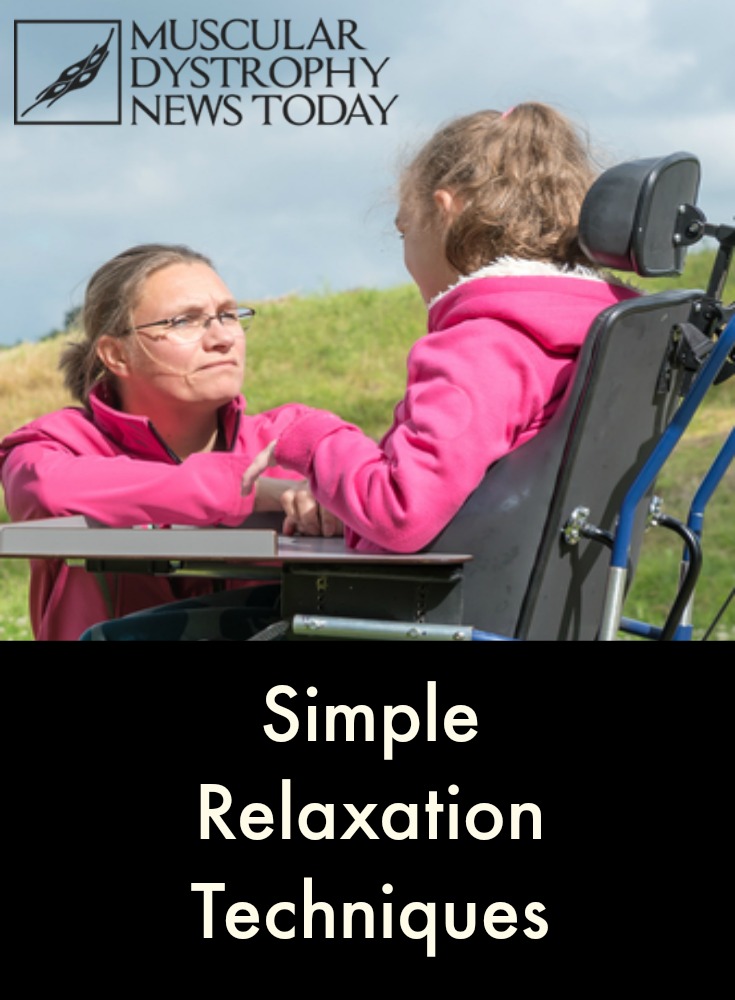Simple Relaxation Techniques

Simple Ways to Relax
Relaxing is easier said than done, but the health benefits make it a worthy goal. Has anyone ever told you “you just need to relax?” There’s something about those words — relax, be calm, and calm down — that trigger a deep emotional response in most of us. These simple relaxation techniques are so simple that you can do them from a wheelchair. Though everyone might not be able to accomplish every technique, you’re sure to find one that will work for you.
When you have a chronic disease, it is very important to deal with the stress that comes your way. The sooner you relieve the stress, the sooner you’ll be back on track to the positive attitude that you need to maintain your strength. When done correctly, these simple relaxation techniques open up natural relaxation responses that can help improve your mood.
The National Institutes of Health (NIH) considers relaxation exercises to be safe for most people. However, just like with exercise routines, people with serious physical health problems such as muscular dystrophy should discuss the techniques with their healthcare provider before starting a relaxation routine.
There are many viable techniques for relaxing. These include deep breathing exercises, self-hypnosis, and guided imagery. Each relaxation technique goal is to produce a natural reaction from the body. This should include: lower blood pressure, slower breathing, and a sense of well-being.
We found five easy relaxation exercises that are simple enough for most people to do in a chair or while lying in bed.
The first two relaxation tips come from Harvard University and the last three are from the University of Michigan.
Place your hand just beneath your navel so you can feel the gentle rise and fall of your belly as you breathe. Breathe in. Pause for a count of three. Breathe out. Pause for a count of three. Continue to breathe deeply for one minute, pausing for a count of three after each inhalation and exhalation.
While sitting comfortably, take a few slow deep breaths and quietly repeat to yourself, “I am” as you breathe in and, “at peace” as you breathe out. Repeat slowly two or three times. Then, feel your entire body relax into the support of your chair.
Raise eyebrows up and tense the muscles across the forehead and scalp. Feel the tension build and hold. Take a deep breath. As you exhale say “relax” while letting the tension leave your body.
Relax your facial muscles and allow your jaw to open slightly. Let your shoulders drop. Let your arms fall to your sides. Allow your hands to loosen so there are spaces between your fingers. Uncross your legs or ankles. Feel your thighs sink into your chair, letting your legs fall comfortably apart. Feel your shins and calves become heavier and your feet grow roots into the floor. Now, breathe in slowly and breathe out slowly.
Observe your abdomen rising and falling with each breath. Inhale and press your navel toward the spine then tense your abdomen. Feel the tension build and hold it. Take in a deep breath. As you exhale say “relax,” and let the tension leave you.
Here’s a PDF with more relaxation techniques from the University of Michigan.
The NIH recognizes the relaxation response as having broad health benefits including the reduction of pain and restoration of sleep. In addition, research on the relaxation response has shown that this simple technique can increase energy and decrease fatigue. It can increase motivation, productivity, and improve decision-making ability, too. The relaxation response lowers stress hormone levels and lowers blood pressure.
The relaxation response is based on your personal ability to make your body release chemicals and brain signals that make your muscles and organs slow down and increase blood flow to the brain. We hope these stress reliever tips help you find a relaxation routine that suits you so that you will continue to practice it each day.
For more tips to deal with stress follow us on Pinterest.







